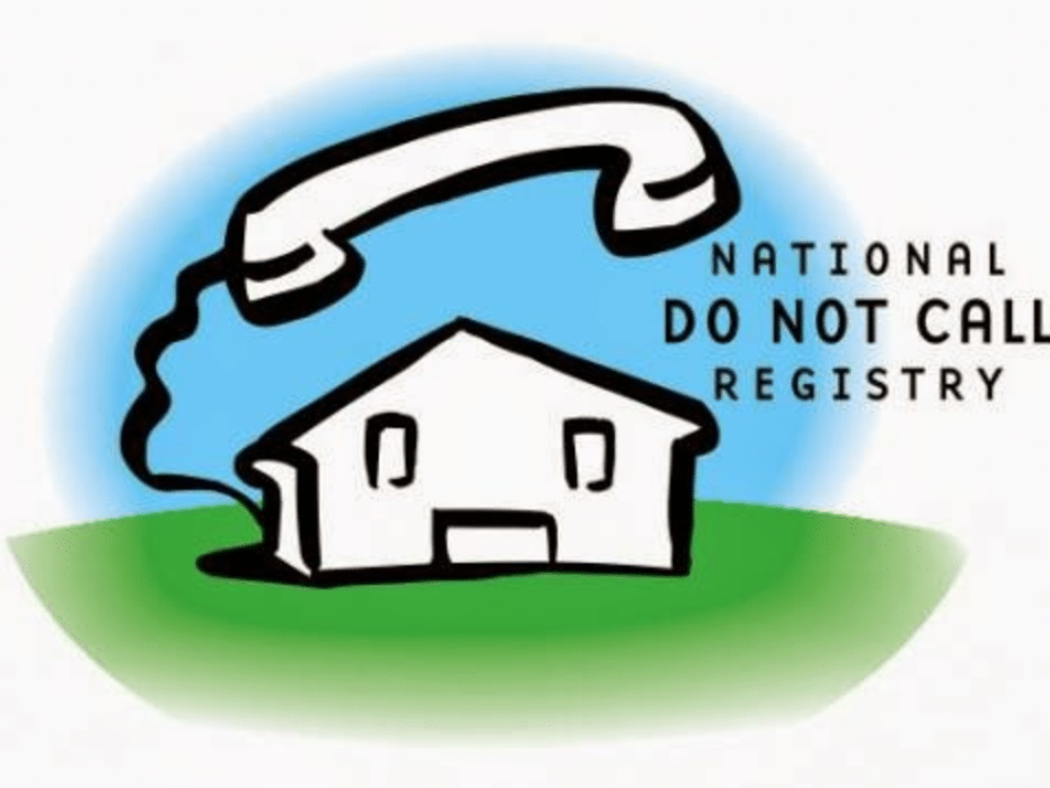Back in 2003, the Do Not Call Registry was created, but it hasn’t stopped robocalls and other illegal sales calls from contacting you. Scammers have been increasingly making use of these illegal sales calls by using these “robocalls” to contact you. While at the least, it’s highly annoying and disruptive, it has deeper implications that can put you in danger and compromise your information.
The Federal Trade Commission (FTC) has also acknowledged that this is a growing issue. It’s become an industry-wide problem, even though more than 10 million numbers were registered on the Do Not Call Registry after just 4 days of its inception.
The FTC says that complaints about unwanted robocalls make up the highest percentage of complaints that they receive - the rapid advancement of technology is partly the root cause for this. Yes, it’s significantly easier and cheaper for us to make calls today, whether it’s for business, to make arrangements, or just check in with and chat to friends. But solicitors and scam artists are making use of technology like Autodialers to make thousands of phone calls, per minute, at a very cheap rate.
Why does this happen? Legitimate telemarketers, for the most part, respect the Do Not Call list, but with the rise of scammers and the cost of calls being almost negligible, there’s no reason for scammers not to do it. By using fake caller-ID, these scammers are able to evade law enforcement while they disregard the National Do Not Call List.

How Does the National Do Not Call List Help?
When it comes to intrusive sales calls, the Do Not Call list was established to help stop you from getting unwanted calls. Of course, personal and commercial calls are not stopped from contacting you completely. Legit telemarketing companies respect the list, and are obligated to update their logs every 31 days, thereby making sure that they don’t call anyone whose number appears on that list. However, as scammers don’t abide by the law to begin with, they disregard the registry completely. So, if you’ve put your number on the Do Not Call list, you shouldn’t be getting calls from legitimate telemarketers. If you still receive calls, those calls are from scammers.
Why Am I Still Getting Calls?
As we’ve mentioned, you won’t receive calls from legitimate telemarketers if your number is on the Do Not Call Registry.
Simply put, if a caller is a scammer and their intentions are shady to begin with, the Registry is not going to stop them from contacting you and trying their best to pull the wool over your eyes. Ensure that you don’t give out any personal information to callers if your number is on the Registry. Make a note of that number and report it to the FTC and make sure to block the number from calling you in future, too.
It’s important to note that debt collectors are not bound by the Do Not Call list and are then allowed to contact you if the matter concerns debts. However, the FTC does require that debt collectors are to avoid being unfair and abusive, and that they don’t engage in deceptive practices when following up on debts. Due to this, debt callers are obligated to stop contacting you unless they’re taking legal action.
Similarly, charitable, political, or surveyor organizations are allowed to contact you even if you’re on the Do Not Call Registry. When it comes to organizations of this nature, they’re allowed to initiate robocalls and live-person calls. However, as in the above case, they are obligated to stop calling you if you ask them to.
What Can I Do If I Still Get Unwanted Calls?
First, make a point of rejecting calls from unknown numbers. Sometimes, we can’t help it and instinctively answer the call. In that case, cut the call immediately and don’t allow them the chance to speak to you. On a cellphone, you could always download an app like Truecaller to help you identify calls from spam or scam calls. Usually, these numbers are saved on the apps database where other users have red flagged them. A banner notifying you that this is a spam call will pop up when the incoming call does.
In cases where you’re being called by an unknown number but Caller ID shows that it’s local, make a point of cutting the call anyway. Many scammers use spoof IDs to make it appear that the call is local so that they can get to you anyway. Another trick that scam callers use to identify potential targets is to ask you to hit a button to stop receiving their calls. So if you do answer the call and hear a recording from the other end of the line, hang up immediately instead of following any prompts. Even more importantly, don’t ever agree to a statement or answer a question with “Yes”, whether it’s by saying the word or by inputting an affirmative.
Calls from legitimate sources, like government agencies or companies, will usually send you a written statement in advance to notify you to expect a call from them. This is even more relevant if the agency or company requests a payment from you. If, however, you do get a call from such an agency or company, cut the call and make a note of the number. Then, look up the agency or company and call them to verify that their call was genuine.
It goes without saying that if a call is suspicious, do not give out any personal information to the person on the other end of the line. Any identifying information should be kept to yourself, including Social Security numbers, passwords, mother’s maiden names, and even email addresses.
Last, speak to your phone company to find out about any other call blocking tools that they offer to keep scam and spam calls away.
